Keyestudio Digital Tilt Motion Sensor module
Related products
Digital Sensor
Digital Sensor
Digital Sensor
Keyestudio Tilt Sensor: Small but Mighty
The new tilt sensor by Keyestudio storms the world of DIY electronics. This little powerhouse of a device brings ease to makers and hobbyists alike in the form of detecting orientation. Let’s see what this sensor has inside of it.
Measuring a trim 3.40 × 2.00 × 0.80 cm, this sensor is sufficiently small to fit almost anywhere. Do not let its size fool you, though. It is a powerful tool of tilt and orientation detection. Makers can easily slip this into tight spaces, making it perfect for compact projects in which every millimeter counts.
It’s powered by only 5V and thus won’t suck in a lot of power. It operates with voltages between 3.3V and 5V, which gives users variety for configurations. The digital interface is there to keep things simple, allowing for integration with most microcontrollers and boards.
This tilt sensor, on the other hand, can help create a whole new world of project ideas for a variety of interactive purposes-from a simple tilt-activated alarm to more complex, orientation-based games. Its versatility makes it a convenient addition to any maker’s tool kit.
Keyestudio managed to save on costs, not on quality. This sensor is one more proof that high-tech components don’t have to break the bank. This sensor would provide an easy entry point both for beginners and advanced makers alike.
While the sensor is already equipped with an LED, the ingenuity of creative minds can quickly turn it into an open-ended expansion. By attaching an external LED module, new programming challenges and options for visual feedback will be opened. That is a good opportunity to practice one’s coding skills by creating programs that turn LEDs on or off at specified tilt angles.
Worth noting is that this sensor isn’t exactly perfect and has quite a number of drawbacks. Being just an on/off switch, it lacks the preciseness of advanced tilt sensors. The given sensor might be unsatisfactory for users seeking to measure exact angles of tilt. Besides, no information about tilt angle sensitivity is available, which can be a serious obstacle for some specific projects.
Despite this, the sensor is a star as a learning tool. The simplicity of the design makes it an ideal fit for educational environments that can help students get introduced to the basics of orientation sensing and digital inputs. In the case of rapid prototyping, however, its quick setup time will be a big plus. Makers can then subsequently test their ideas in no time.
But that’s where the real power of this sensor comes in: adding interactivity to your projects. Whether it is a game controller based on tilt or a smart device that will automatically switch on and off with orientation, this sensor allows for an easy way to make projects much more interactive and sensitive to the user’s input.
While its operation is basic, the underlying component can be creatively elaborated upon by makers. Combining it with other sensors or using multiple tilt sensors allows for more complex orientation detection. This scalability of the same principle makes it a versatile component in rather ambitious projects.
The Keyestudio tilt sensor is one of those simple components that is representative of the increasing trend in maker/DIY electronics-targeting intelligent, interactive projects using simple components. It fills in the gap between basic switches and more complex sensors, thus offering an easy way into the world of orientation-based controls and feedback systems.
In the realm of DIY electronics, sometimes the meagerst of tools is really the most valuable. In fact, the principle is well manifested in this Keyestudio tilt sensor. This makes it one of the most unique components a maker can have because of its simplicity, versatility, and affordability. However, it is not the most advanced sensor on the planet, but the ease with which it can be used and with the amount of creativity that can be applied with it, it’s one for the toolset. Whether you’re a newcomer wanting to learn about orientation sensing or an established maker seeking a dependable method of tilt detection, this sensor is worth a closer look.
Hãy là người đầu tiên đánh giá sản phẩm “Keyestudio Digital Tilt Motion Sensor module” Hủy
Thông số kỹ thuật
| Brand Name | keyestudio |
| Operating voltage | 5V (Supply Voltage) |
| Dimensions | 3.40 × 2.00 × 0.80 cm (Length × Width × Height) |

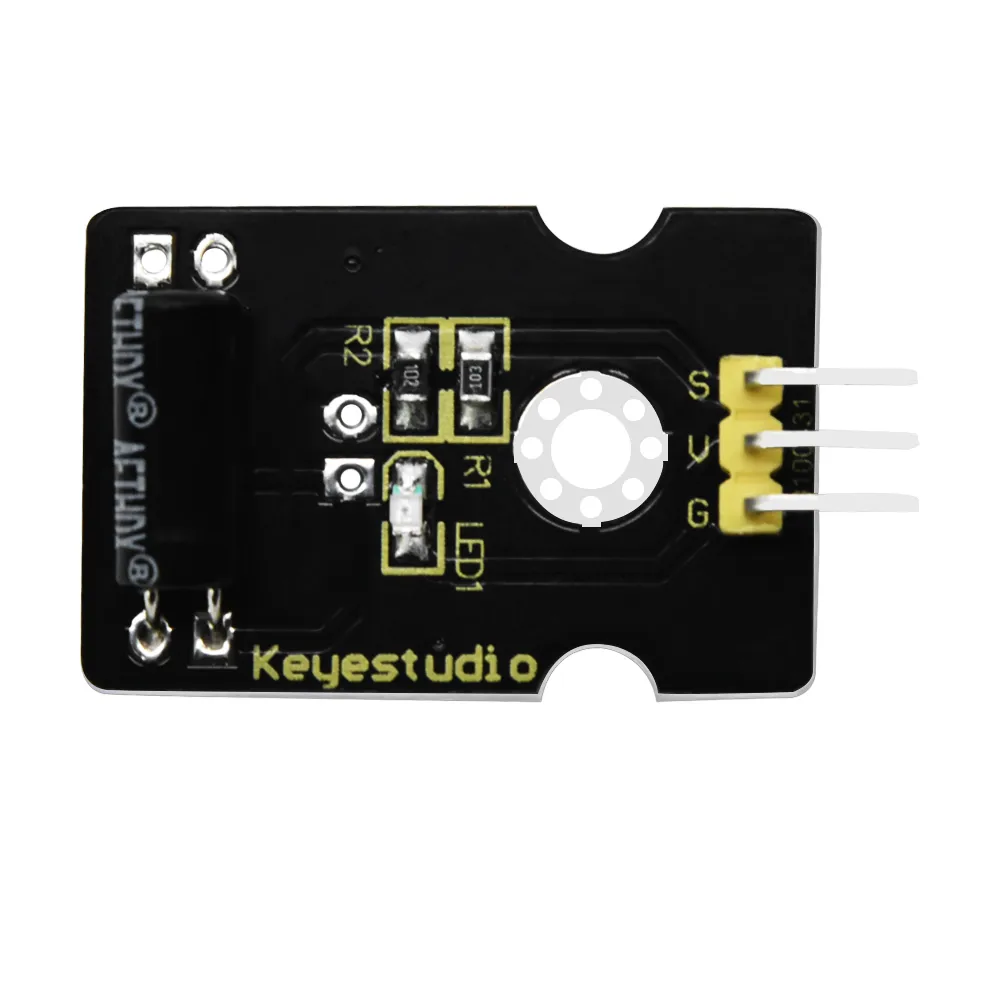
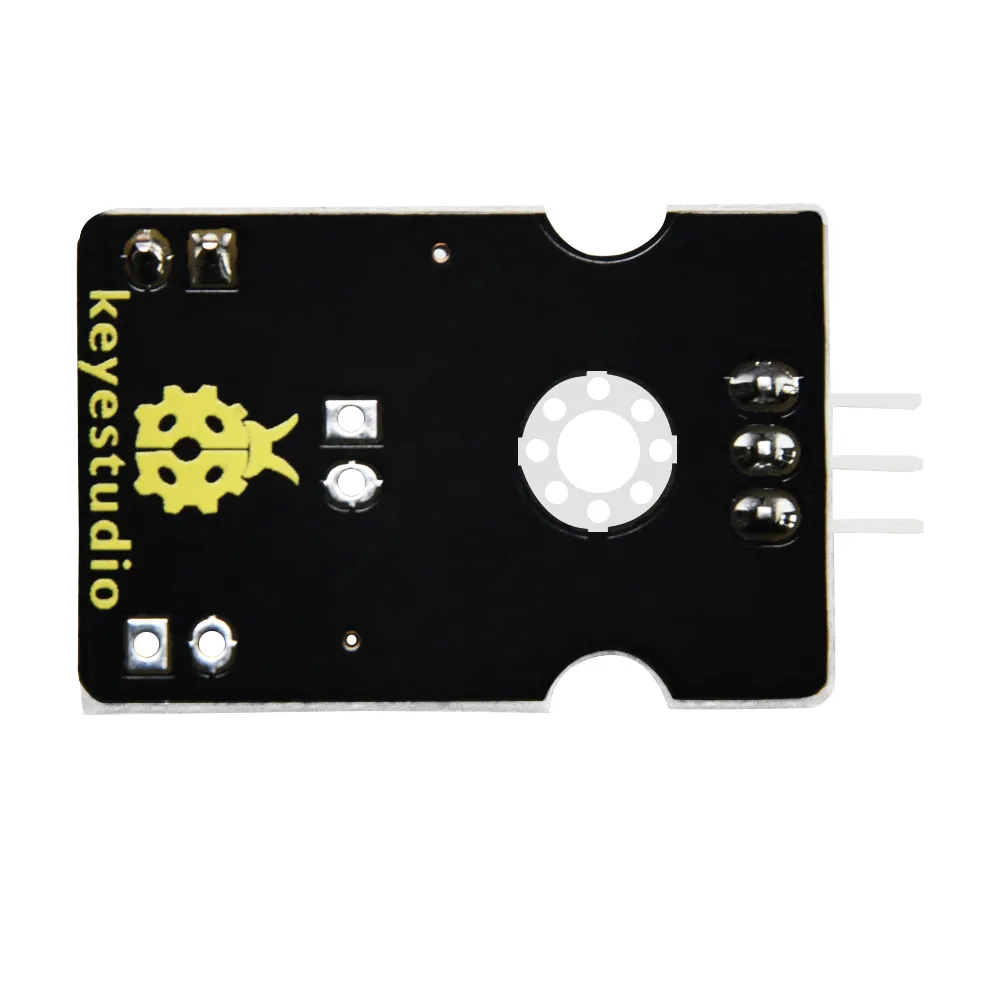
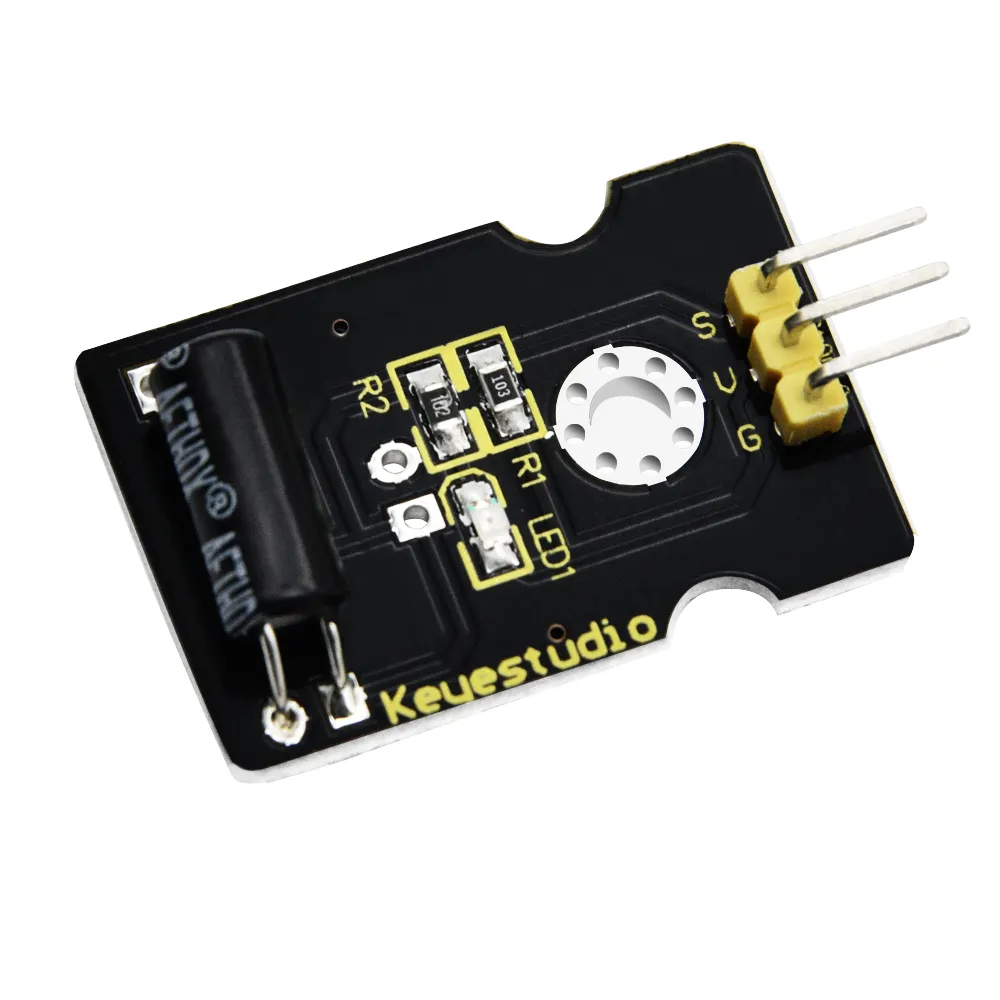
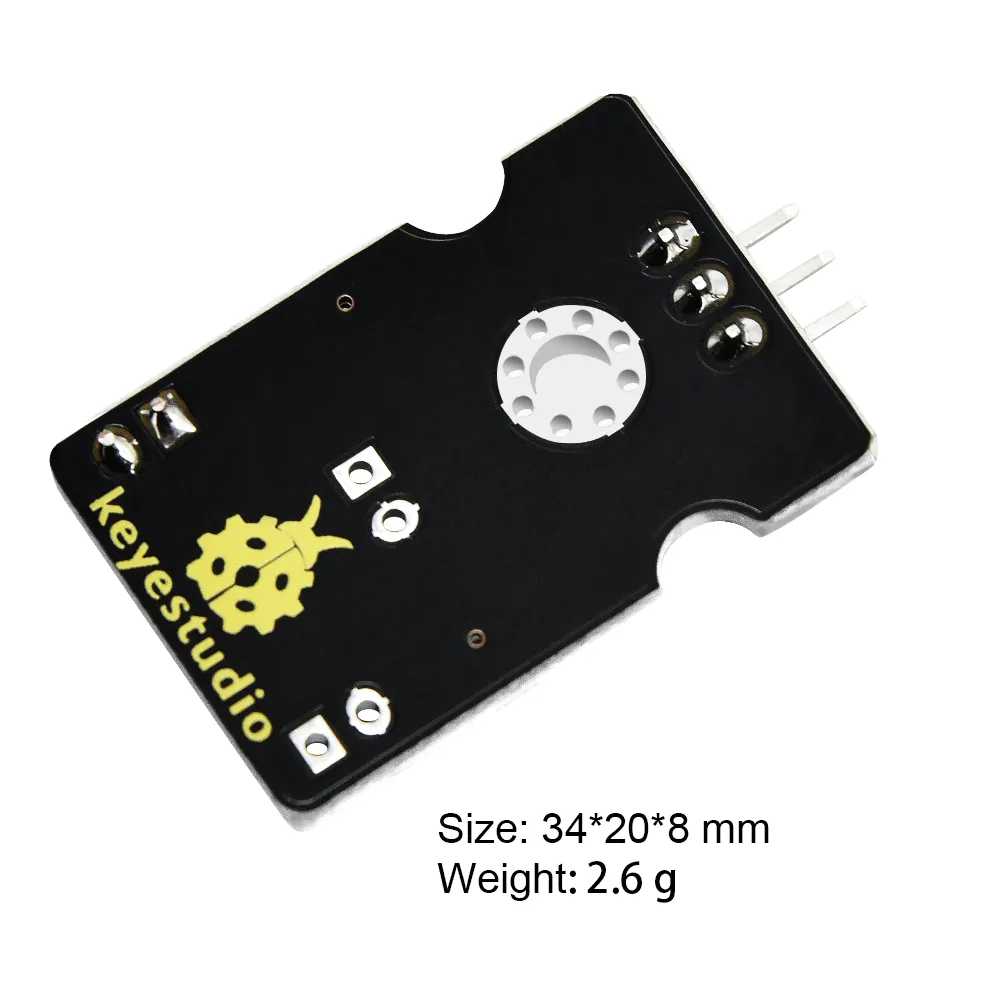
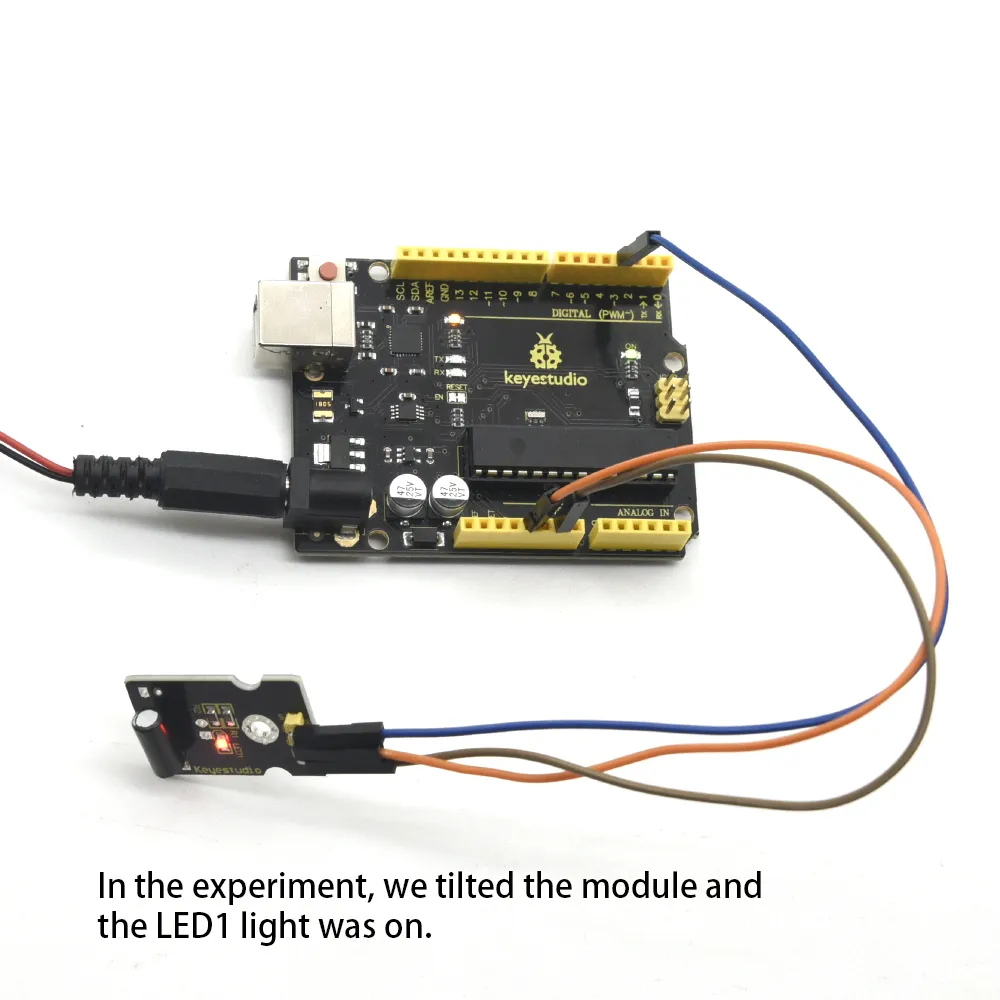
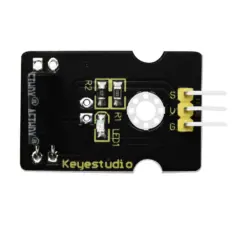
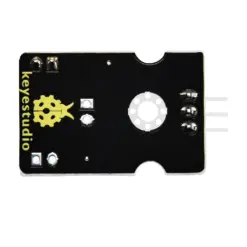
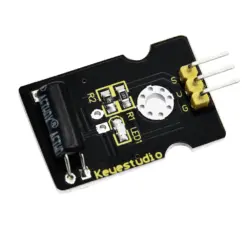
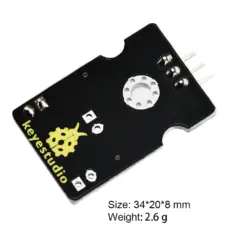
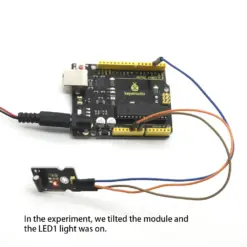
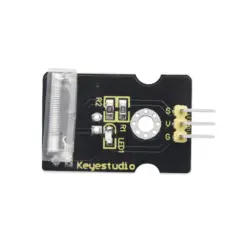
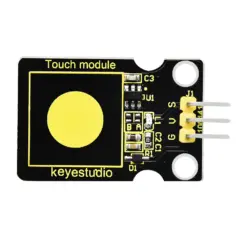
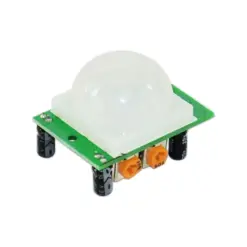
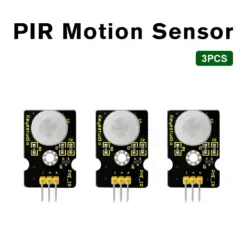
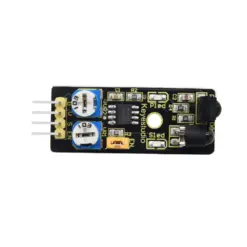
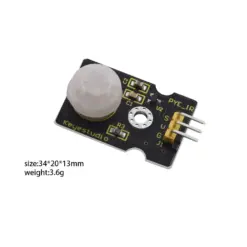
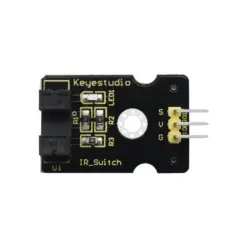
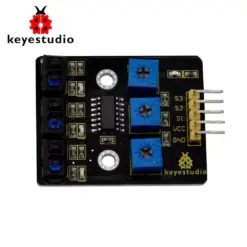
Reviews
Không có đánh giá nào.